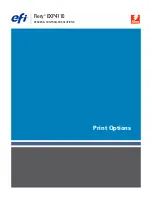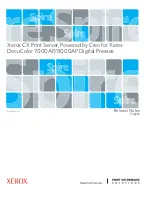
L-INX User Manual
93
LOYTEC
Version 4.0
LOYTEC electronics GmbH
text, value parameters inserted into the text and triggers, which invoke the transmission of
an e-mail. An e-mail template can also specify one or more files to be sent along as an
attachment.
A prerequisite to sending e-mails is the configuration of an e-mail account on the device.
This can be done on the Web UI (see Section 4.2.15). It is recommended to use the e-mail
server of your Internet provider. For public mailers, enable the required authentication.
Please note that the device does currently not support the SS/TLS e-mail authentication
mechanism. Therefore, Hotmail and gmail cannot be used.
The amount of generated e-mails can be limited using a rate limit algorithm. The
transmission of e-mails can be disabled altogether by using a special data point. That data
point can be scheduled or driven over the network.
If an e-mail cannot be sent (e.g. the mail server is not reachable), the mail delivery is retried
up to 24 times every 30 minutes.
5.4 CEA-709 Technology
5.4.1 CEA-709 L-INX Device
The CEA-709 L-INX implements a L
ON
M
ARK
device which exposes network variables
(NVs) and configuration properties (CPs) from the CEA-709 network to data points in the
automation server.
The L-INX has one physical FT port and one IP-852 port, which is accessible over
Ethernet. On the L-INX with the RNI option, the automation server node is internally
connected either to the FT port or to the IP-852 port. Which one is used can be configured
in the CEA-709 configuration (see Section 4.2.6). The schematic is shown in Figure 77 (a).
If configured for the FT channel, the L-INX provides an RNI for remote access to the FT
channel. The RNI can be used to commission nodes and trouble-shoot communications on
the FT channel.
The L-INX with the CEA-709 router connects the FT port and the IP-852 port. On the L-
INX the automation server node is always internally connected to the FT port. The
schematic is shown in Figure 77 (b).
LINX
Server
Node
FT Channel
(b)
IP-852
Channel
LINX
Router
LINX
Server
Node
FT or IP-852 Channel
(a)
Figure 77: (a) OPC server node on LINX-100, (b) OPC server node and router on the LINX-101.
If the automation server shall only expose network variables from the local FT channel and
there is no IP-852 backbone, then the router is not needed. In this case, the user needs to
commission only the L-INX server node. To attach the FT channel to an IP-852 backbone,
















































